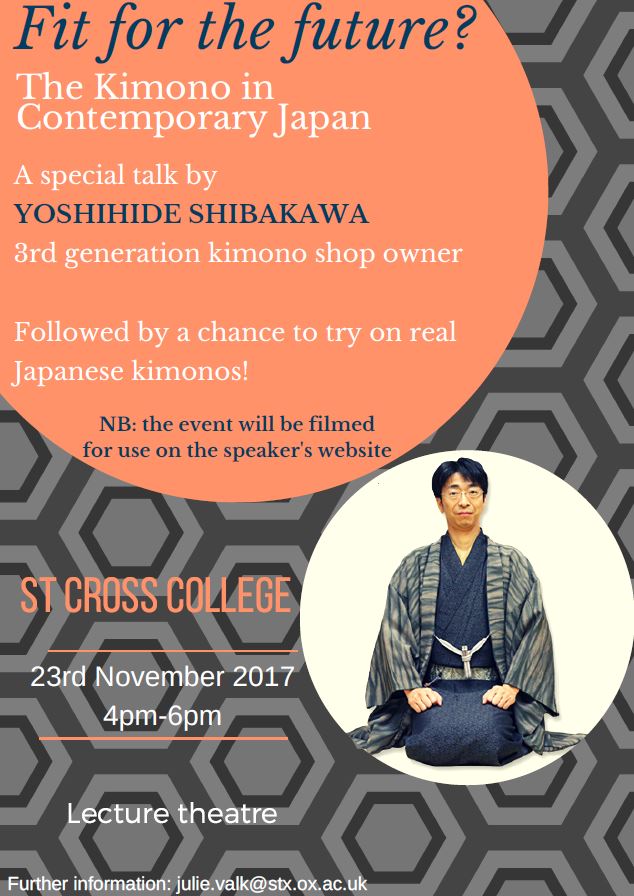
Intertwined with the history of Buddhism in China, which dates back to the first century BC and has shaped the country’s culture, politics and art, jiasha, the robes worn by Buddhist monks, are an integral part of China’s material culture. Despite their significance, jiasha have been largely overlooked by historians, partly because so few examples exist today.
Jiasha are patchwork-like robes made by stitching smaller pieces of cloth together before applying decoration. The draped garment design is emblematic of monastic robes worn in India, the birthplace of Buddhism, and elsewhere in Asia. Rectangular in shape with an angled top edge, jiasha are traditionally worn draped over the left shoulder, with the addition of a single hook to fasten the robe around the torso.
Custom dictated that a jiasha was presented to monks in China on the occasion of their ordination. As such, the textile was made to be a material manifestation of Buddhist teachings and ideology. This begins with the construction of the garment. Jiasha are made by piecing together sections of cloth donated from members of the community in a patchwork-style design. Unlike patchwork, the arrangement of panels is very specific, influenced by the Buddhist mandala motif, with a core centre and flowing symmetry. The modest cut of the jiasha and pieced-together appearance references the rags worn by the Buddha during his ascetic period.
To read the full article by Emily Lush and Alan Kennedy visit the website of The Textile Atlas








